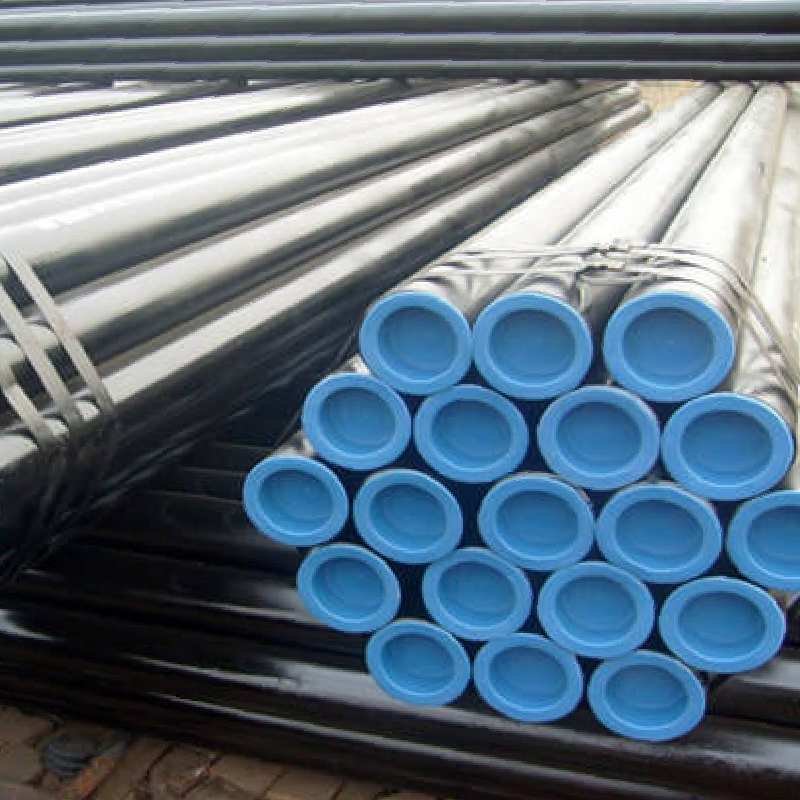-
Cangzhou Yulong Steel Co., Ltd.
-
Phone:
+86 13303177267 -
Email:
admin@ylsteelfittings.com
- English
- Arabic
- Italian
- Spanish
- Portuguese
- German
- kazakh
- Persian
- Greek
- French
- Russian
- Polish
- Thai
- Indonesian
- Vietnamese
- Zulu
- Korean
- Uzbek
- Hindi
- Serbian
- Malay
- Ukrainian
- Gujarati
- Haitian Creole
- hausa
- hawaiian
- Hebrew
- Miao
- Hungarian
- Icelandic
- igbo
- irish
- Japanese
- Javanese
- Kannada
- Khmer
- Rwandese
- Afrikaans
- Albanian
- Amharic
- Armenian
- Azerbaijani
- Basque
- Belarusian
- Bengali
- Bosnian
- Bulgarian
- Catalan
- Cebuano
- China
- China (Taiwan)
- Corsican
- Croatian
- Czech
- Danish
- Esperanto
- Estonian
- Finnish
- Frisian
- Galician
- Georgian
- Kurdish
- Kyrgyz
- Lao
- Latin
- Latvian
- Lithuanian
- Luxembourgish
- Macedonian
- Malgashi
- Malayalam
- Maltese
- Maori
- Marathi
- Mongolian
- Myanmar
- Nepali
- Norwegian
- Norwegian
- Occitan
- Pashto
- Dutch
- Punjabi
- Romanian
- Samoan
- Scottish Gaelic
- Sesotho
- Shona
- Sindhi
- Sinhala
- Slovak
- Slovenian
- Somali
- Sundanese
- Swahili
- Swedish
- Tagalog
- Tajik
- Tamil
- Tatar
- Telugu
- Turkish
- Turkmen
- Urdu
- Uighur
- Welsh
- Bantu
- Yiddish
- Yoruba

Oct . 04, 2024 07:20 Back to list
common flange types
Common Flange Types A Comprehensive Overview
Flanges are essential components in piping systems, providing a reliable means of connecting pipes, valves, pumps, and other equipment. They play a crucial role in ensuring the integrity and effectiveness of a system by allowing for easy assembly, disassembly, and maintenance. Understanding common flange types is vital for engineers, designers, and maintenance staff to choose the appropriate ones for their specific applications. Here, we will explore some of the most widely used flange types.
1. Weld Neck Flanges Known for their strength and durability, weld neck flanges are ideal for high-pressure applications. They feature a tapered neck that provides a gradual transition between the flange and the piping system, minimizing turbulence and stress concentrations. These flanges are welded to the pipe, making them suitable for both high-temperature and high-pressure installations.
Common Flange Types A Comprehensive Overview
3. Blind Flanges Blind flanges are solid discs used to close the end of a piping system. They are critical for sealing off a pipeline and preventing fluid flow. Blind flanges come in various sizes and pressure ratings, enabling them to be used in a wide range of industrial applications. They are also useful for testing pressure levels in the system.
common flange types

4. Socket Weld Flanges These flanges feature a socket that allows the pipe to be inserted into the flange for welding. Socket weld flanges provide a strong connection, making them suitable for high-pressure systems. They are commonly used in smaller diameter pipes, where space is limited.
5. Lap Joint Flanges Lap joint flanges consist of two components a flange and a stub end. They are particularly useful in systems that require frequent dismantling for maintenance. The stub end is welded to the pipe, while the flange is free to rotate, allowing for easier alignment. This flexibility makes lap joint flanges ideal for applications where the pipes may need to be adjusted or replaced frequently.
6. RTJ Flanges (Ring-Type Joint) RTJ flanges feature a groove for sealing with a metallic ring, making them suitable for high-pressure and high-temperature applications. This design provides an excellent seal and minimizes the risk of leakage, making RTJ flanges a preferred choice in industries such as oil and gas.
In conclusion, the choice of flange type is crucial for the efficiency and safety of a piping system. By understanding the features and applications of each common flange type, engineers can make informed decisions that lead to better system performance and reliability. Proper selection and installation of flanges not only ensure the integrity of the system but also contribute to the overall sustainability and efficiency of industrial operations.
Latest news
-
ANSI 150P SS304 SO FLANGE
NewsFeb.14,2025
-
ASTM A333GR6 STEEL PIPE
NewsJan.20,2025
-
ANSI B16.5 WELDING NECK FLANGE
NewsJan.15,2026
-
ANSI B16.5 SLIP-ON FLANGE
NewsApr.19,2024
-
SABS 1123 FLANGE
NewsJan.15,2025
-
DIN86044 PLATE FLANGE
NewsApr.19,2024
-
DIN2527 BLIND FLANGE
NewsApr.12,2024
-
JIS B2311 Butt-Welding Fittings LR/SR 45°/90° /180°Seamless/Weld
NewsApr.23,2024











